Here’s how healthcare providers can make the billing process more convenient, transparent, and patient-centric.
For healthcare providers, patient-centricity means putting patients’ needs first and doing what’s necessary to ensure they have a positive experience. For patients, this concept is best expressed through making informed choices about healthcare, including which medical practices to frequent.
Studies have shown that prospective patients are more likely to consult social media than company websites when choosing a healthcare provider. When faced with a “shoppable” medical procedure — i.e. one that is elective or non-urgent — patients will drive past six cheaper medical practices, on average, to go to the one their doctor recommends.
What should healthcare providers take away from this trend? Faced with a plethora of options, patients are looking to frequent medical practices that offer superior client experiences from beginning to end. By focusing on patient-centric billing, healthcare providers can build up a loyal client-base for years to come.
The Billing Process Is Key To Patient Engagement And Retention
Since 35 percent of revenue now comes from patient billing, it behooves medical providers to make the process positive for patients. According a 2018 survey, half of patients who reported having a negative billing department experience didn’t pay their bills in full. This doesn’t mean that they were withholding payment maliciously — rather, these findings suggest that complicated billing processes make it difficult for patients to understand how much they owe.
From this point forward, patients are often hounded about repaying outstanding balances and feel like their healthcare provider is harassing them. Receiving medical care can be emotionally draining for many people and the threat of an unpaid, unclear bill makes the experience even more exhausting. This negative perception of a routine business practice can drastically reduce patient retention.
The healthcare experience does not stop once the patient leaves the physician’s office. Healthcare providers must remember that the billing process is the last chance for meaningful patient engagement, and part of running a business is making a good final impression. A clear, concise, and streamlined billing experience encourages patients to return to a trusted provider, even when there are cheaper options available.
How Can Healthcare Providers Improve Their Billing Practices?
First, healthcare providers can improve their approach to billing by modifying their internal culture. As a part of their journey toward patient-centric billing, UConn Health had their employees shift their mindset from “I have a billing job” to “I have a patient job.” UConn also implemented trainings that were better suited for today’s patients and their needs. Call center workers were re-trained to answer questions about charges, deductibles, and co-payments. Remembering that people are on the other side of medical bills helps foster an overall culture of patient-centricity.
Healthcare providers can make billing more convenient and transparent by opening up lines of communication. Since customers expect to be contacted by their service providers, they may interpret no news as good news. Reminding patients about their balances via text, email, or live chat will most likely be welcomed. Medical marketers in particular can help with this initiative by connecting with patients online. Understanding how patients prefer to be interacted with is key to crafting an effective digital engagement plan.
In particular, medical practices should harness the power of electronic medical records (EMRs) to increase transparency for patients. Simple invoices that consolidate charges from various departments, show what is covered by the patient’s insurance provider, and clearly delineate what the patient must pay for out-of-pocket help cut down on confusion.
Many patients are more than willing to pay in full for services rendered — now, healthcare providers must make that process as painless as possible. Simple cultural changes and the use of digital technology can help build a more positive patient experience. This pursuit of patient-centricity is an end-to-end initiative that produces financial, emotional, and cultural benefits for all involved.
















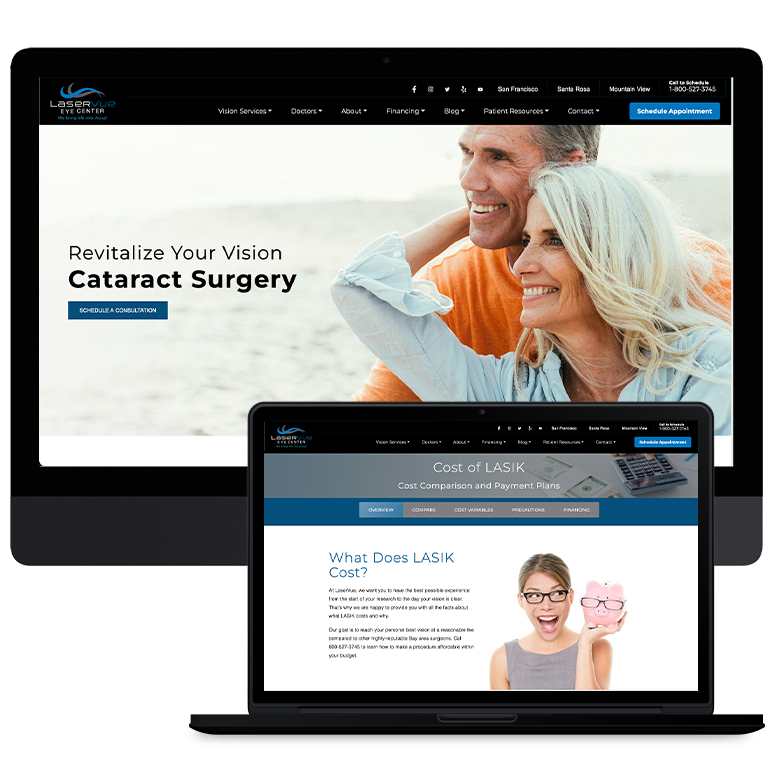
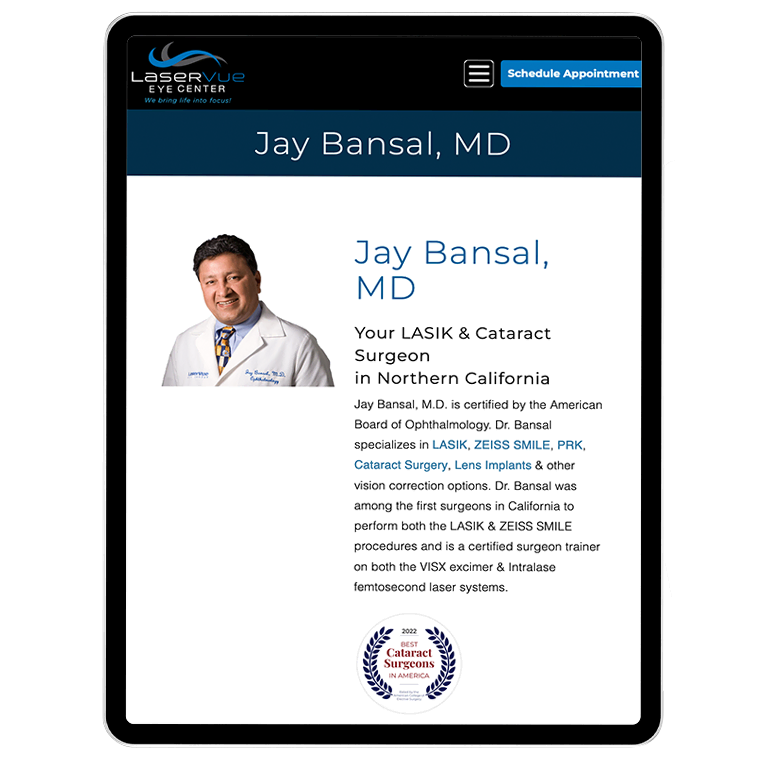

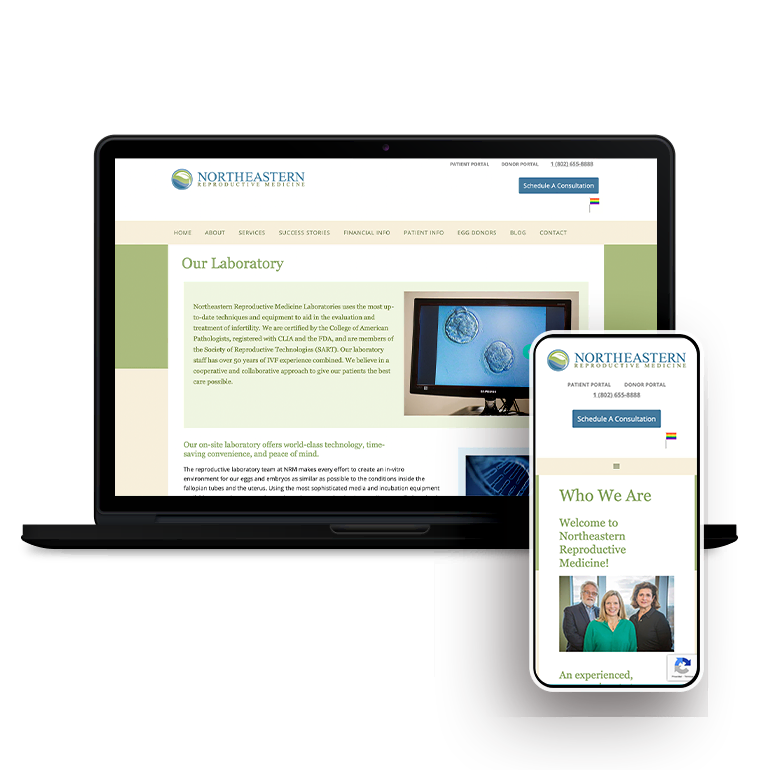
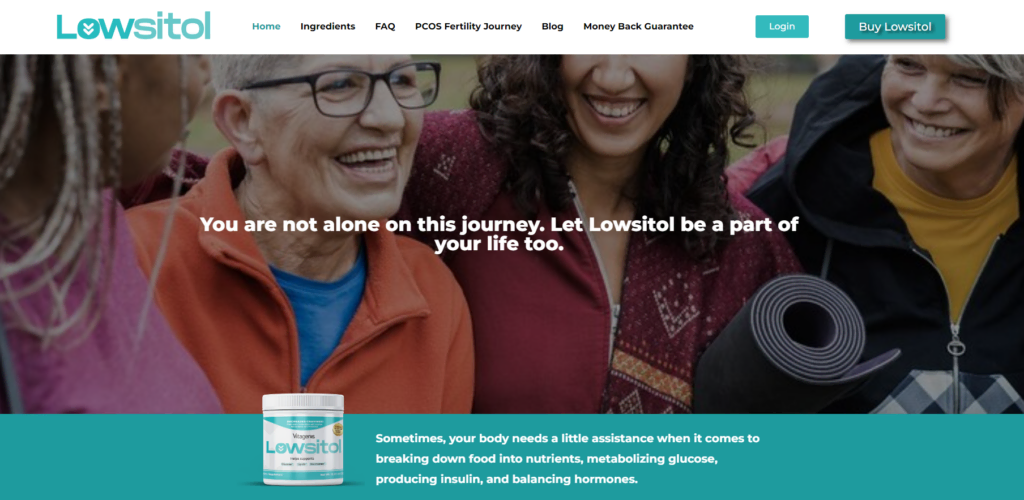


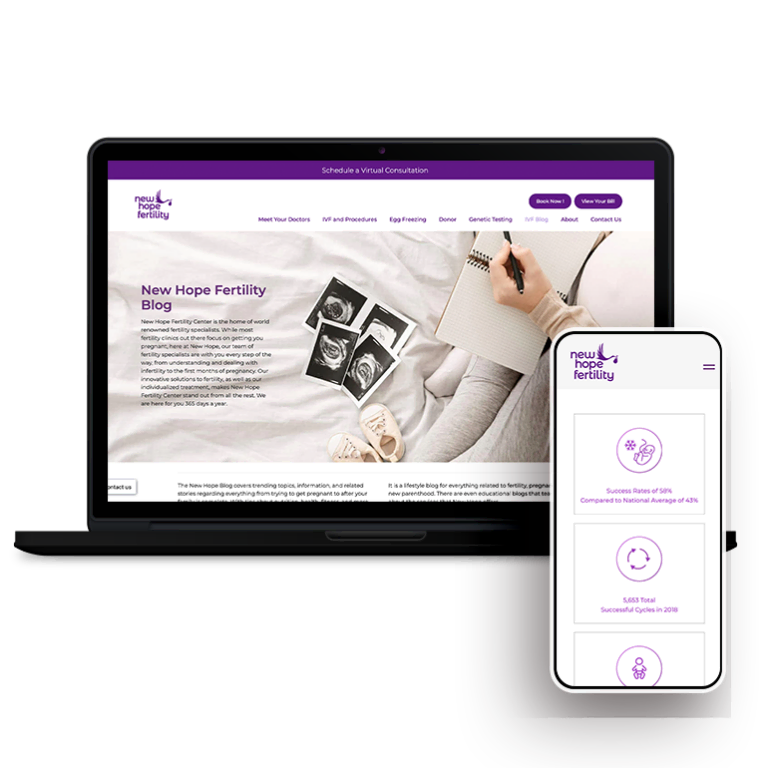
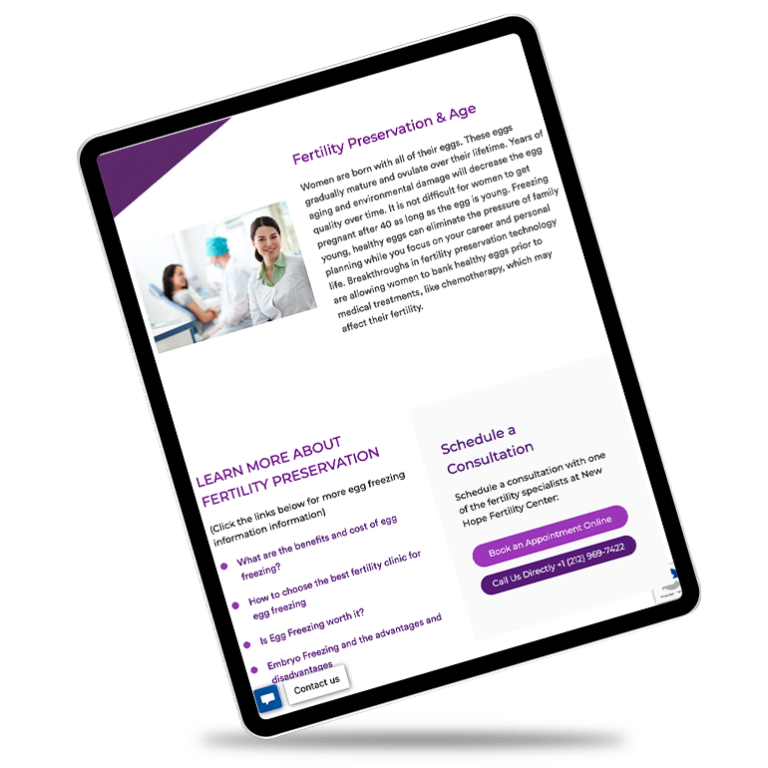
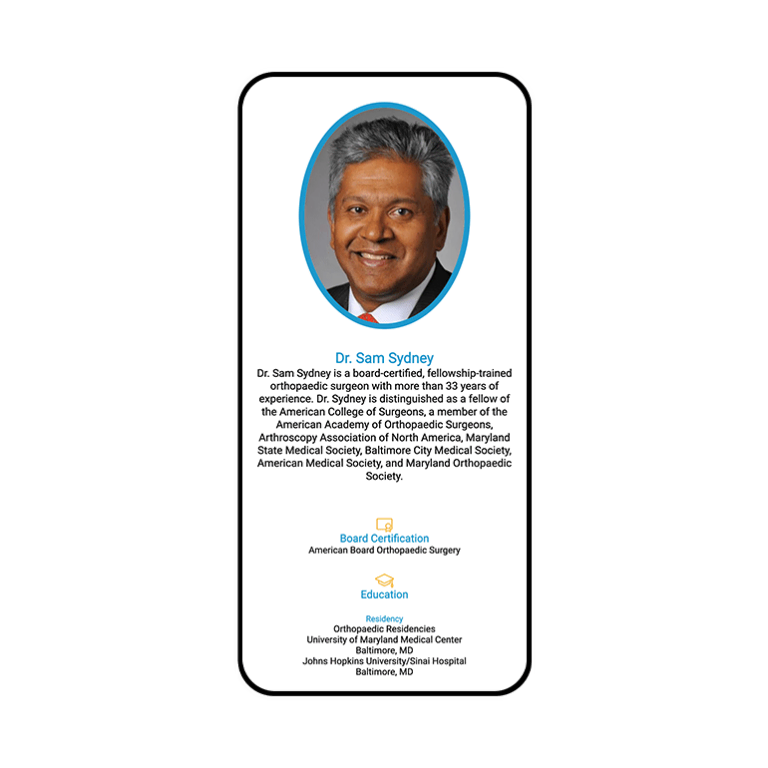
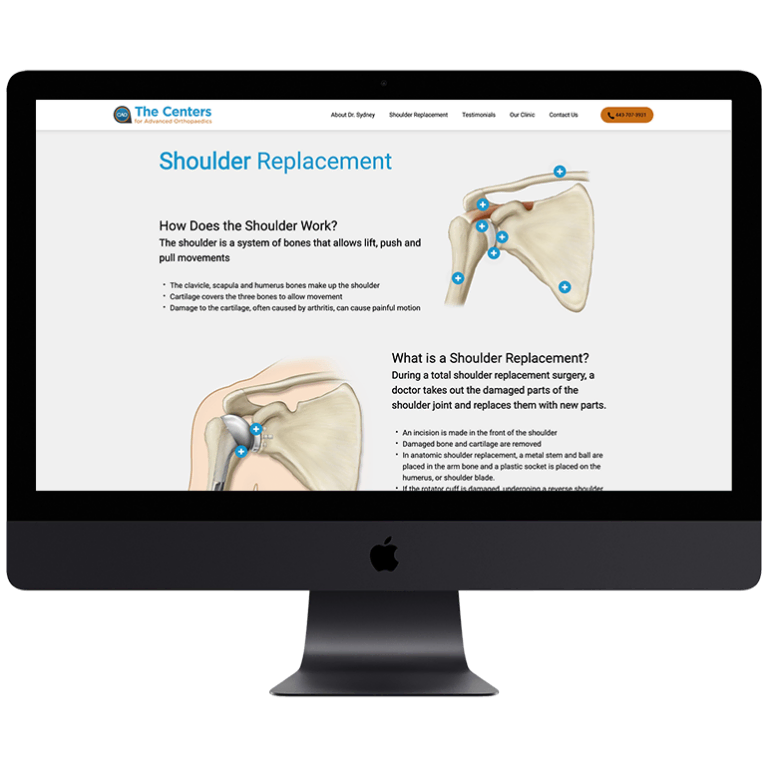

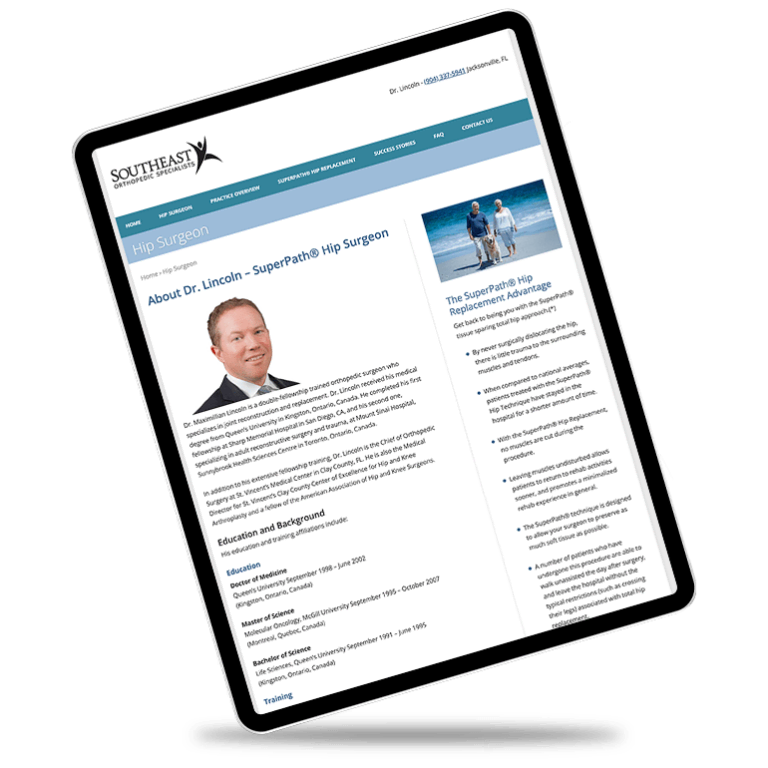

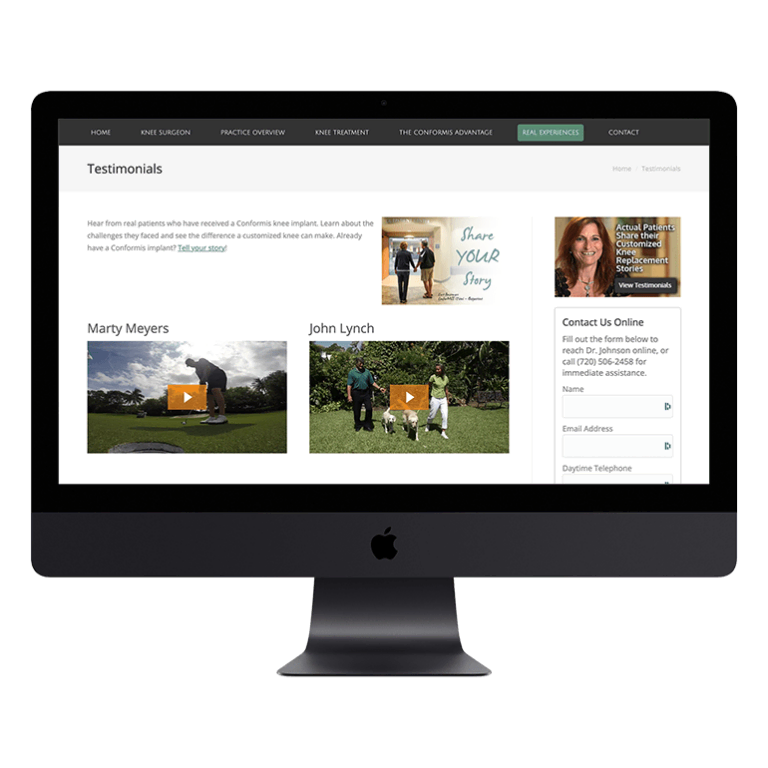
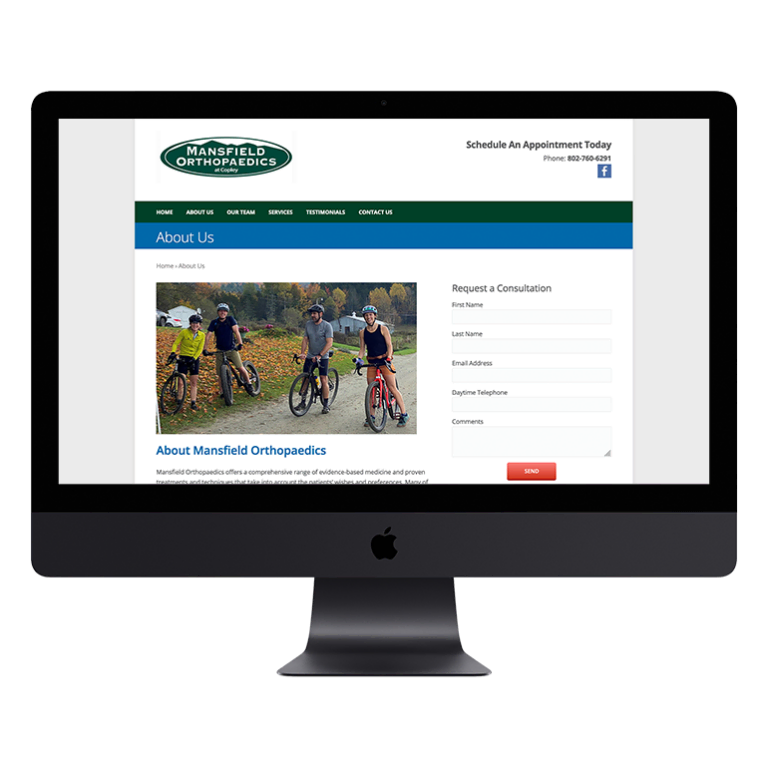
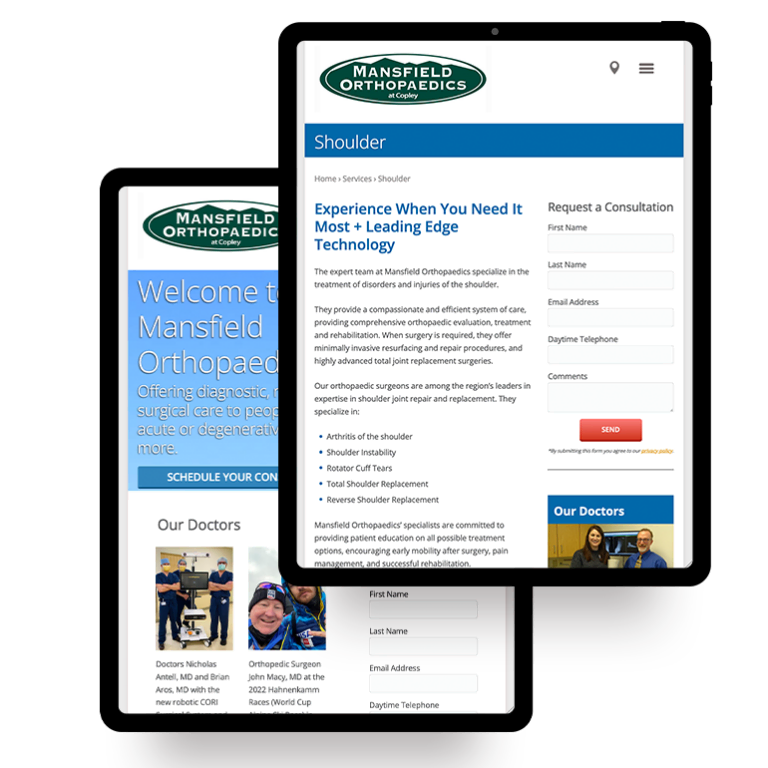

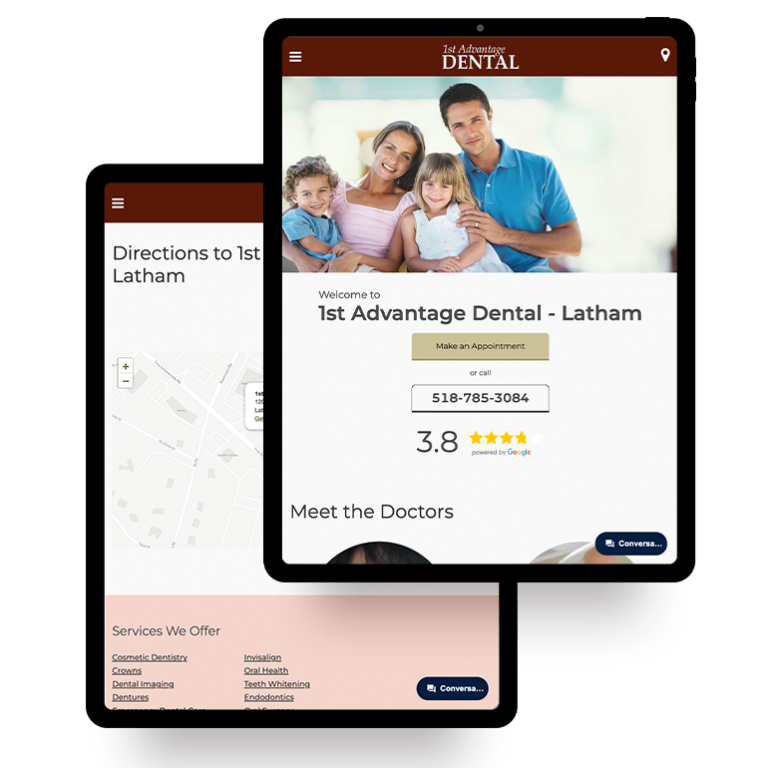

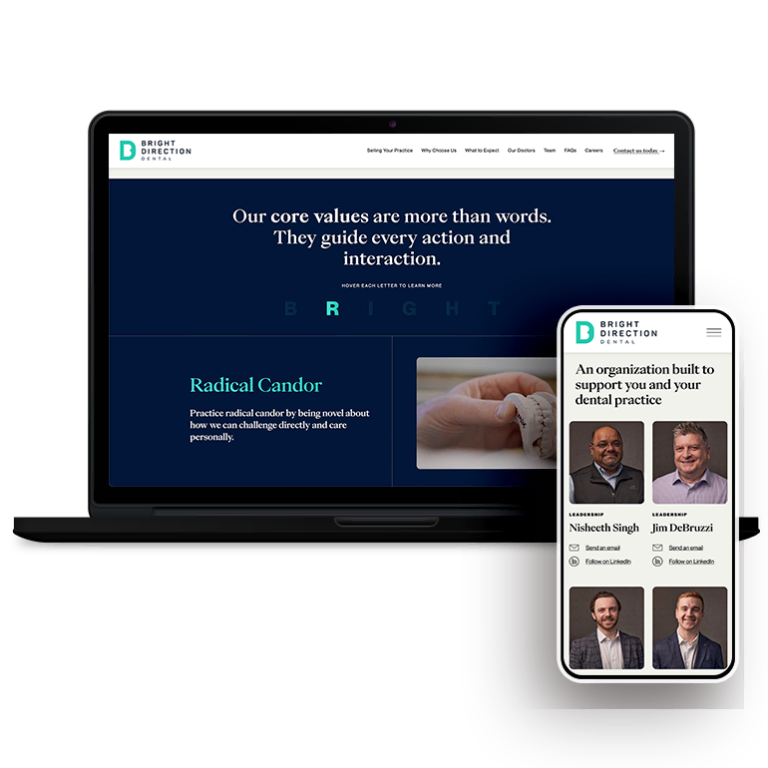
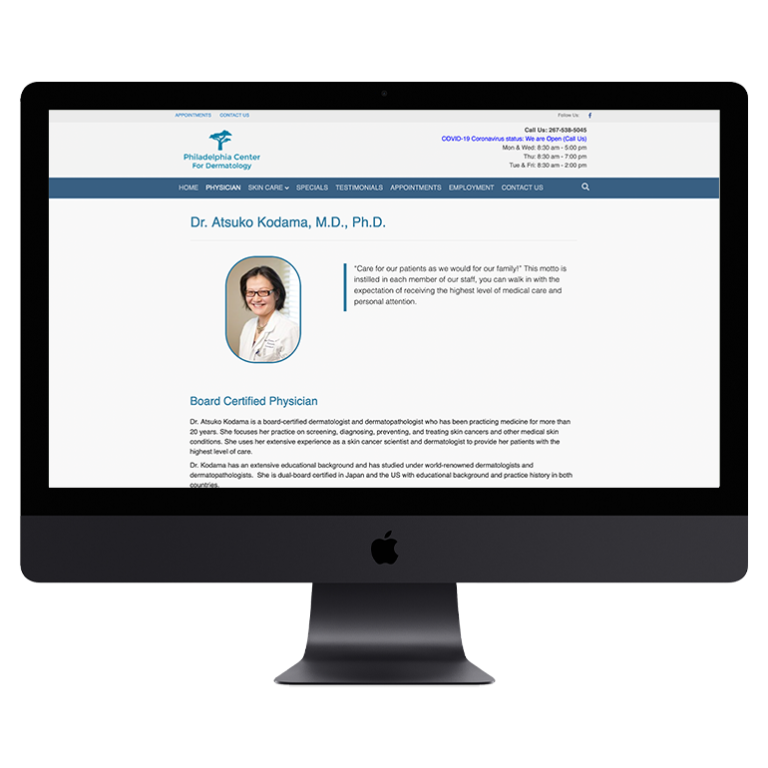
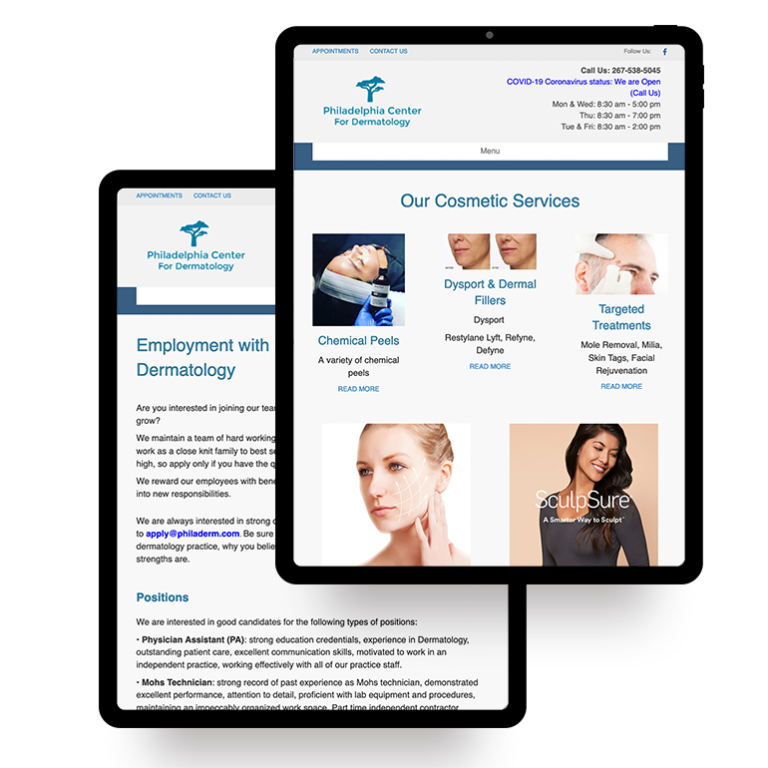
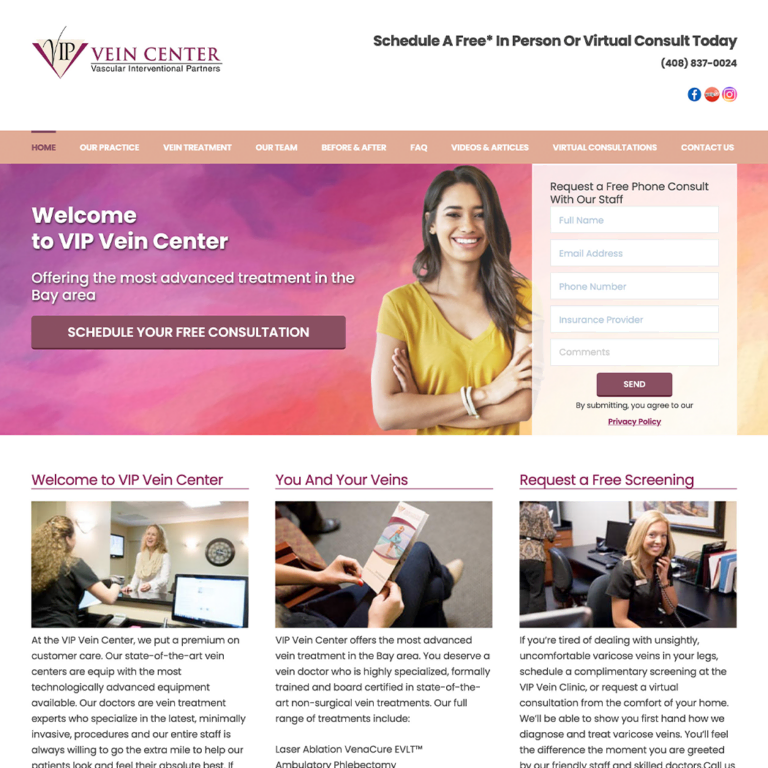
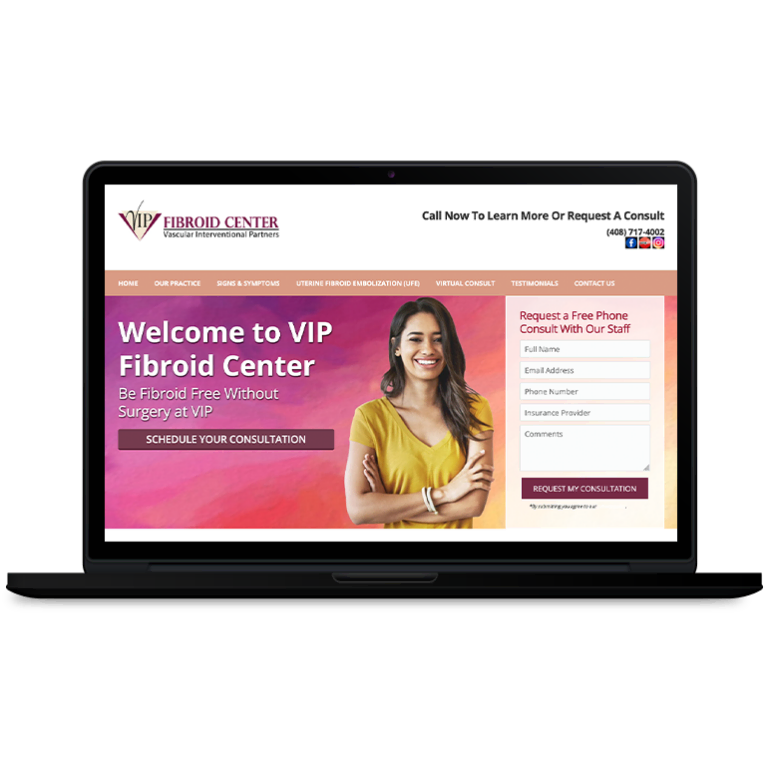

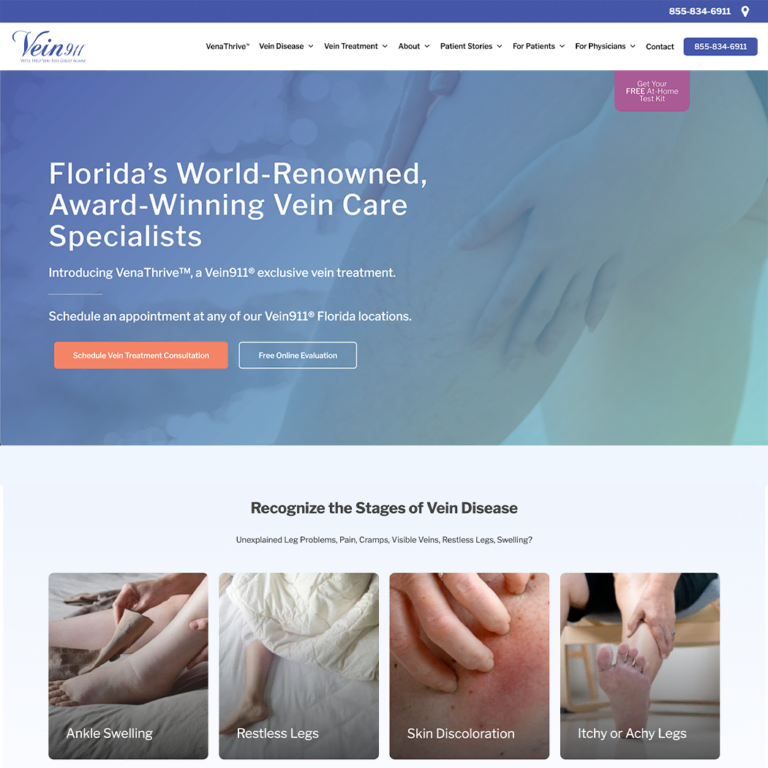
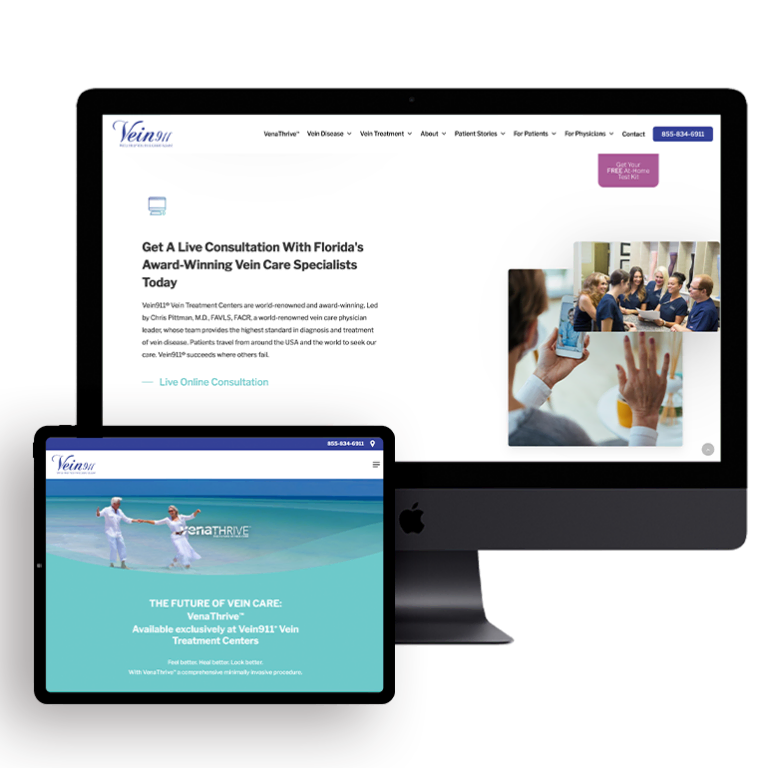
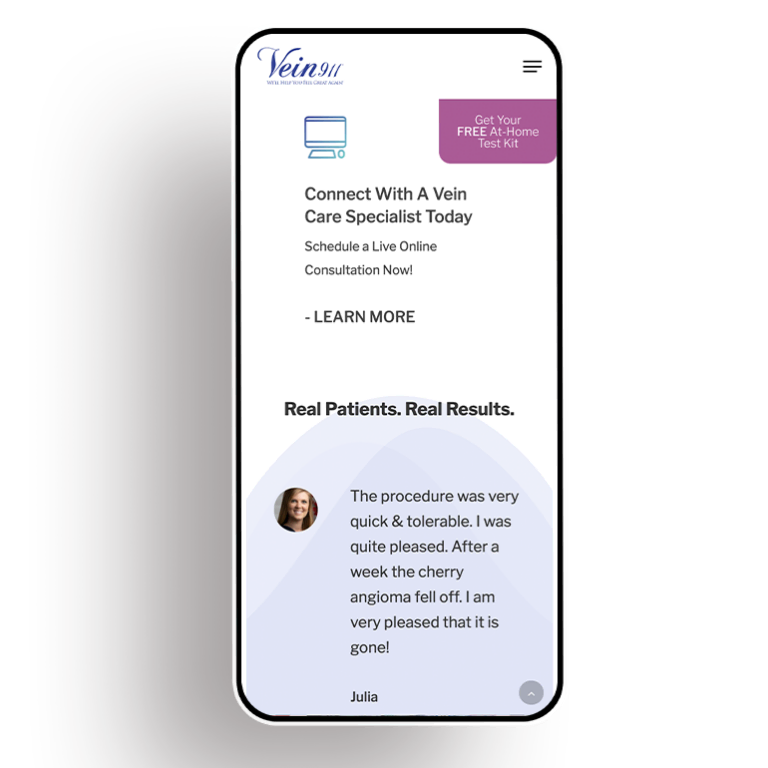
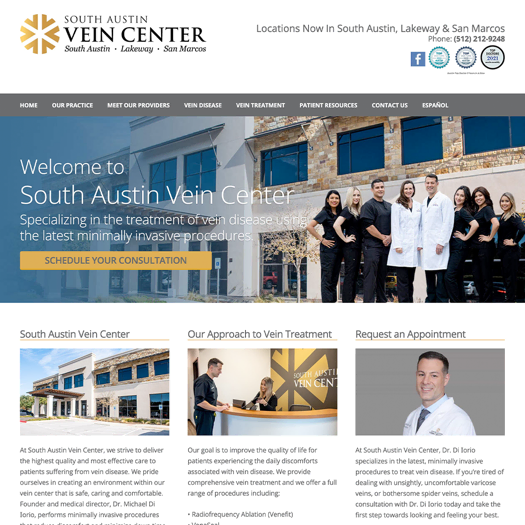
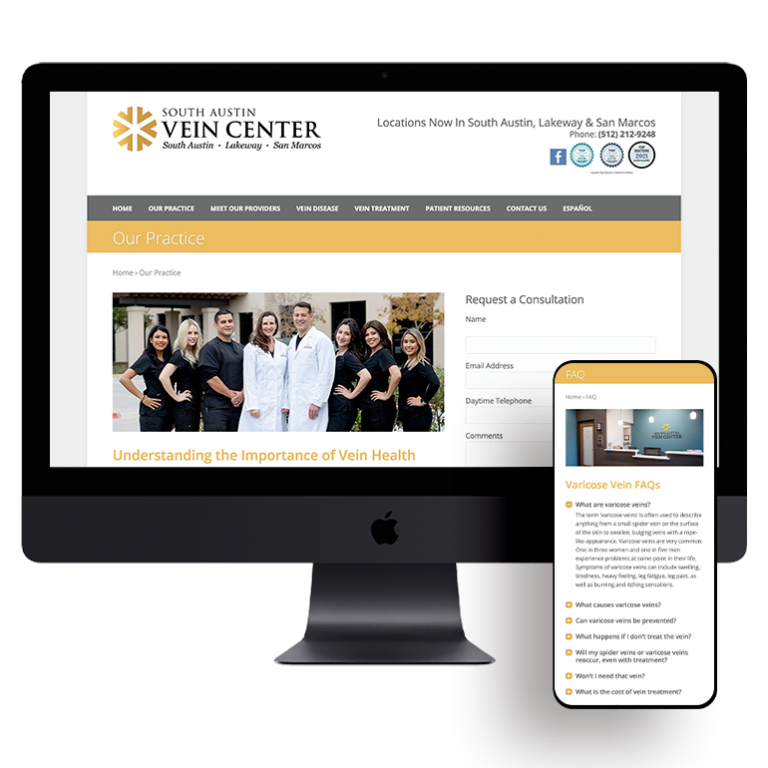
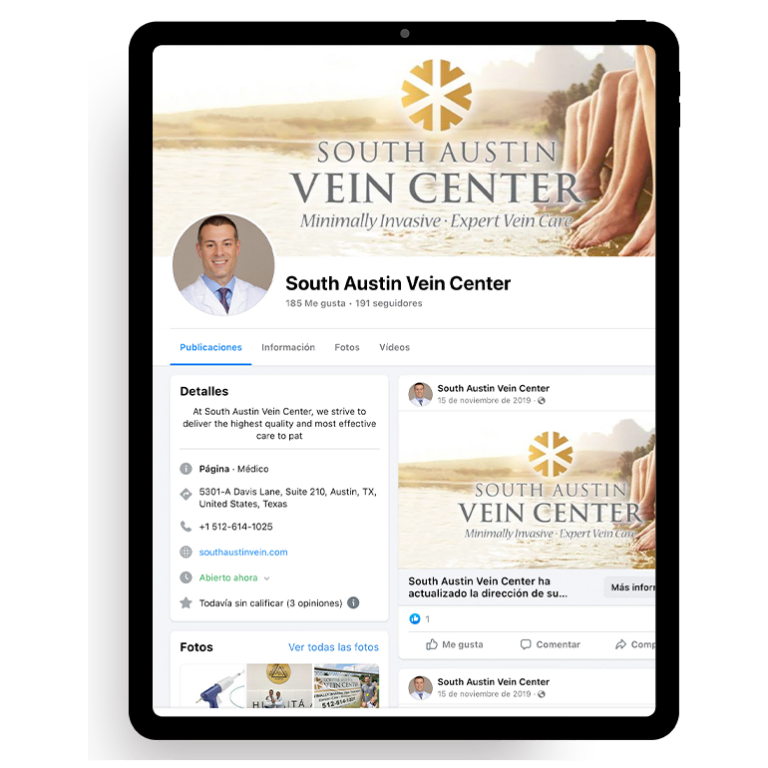



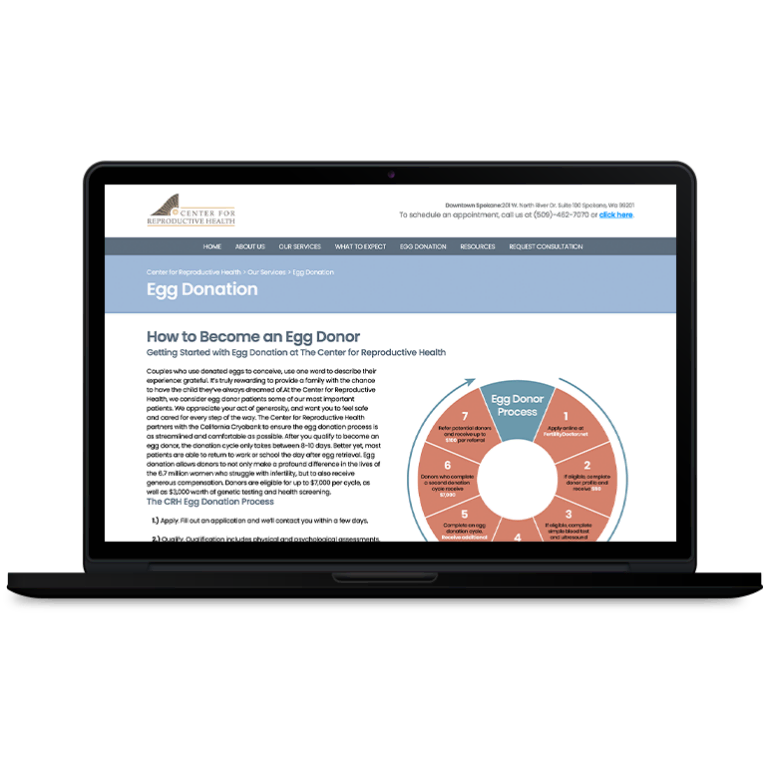

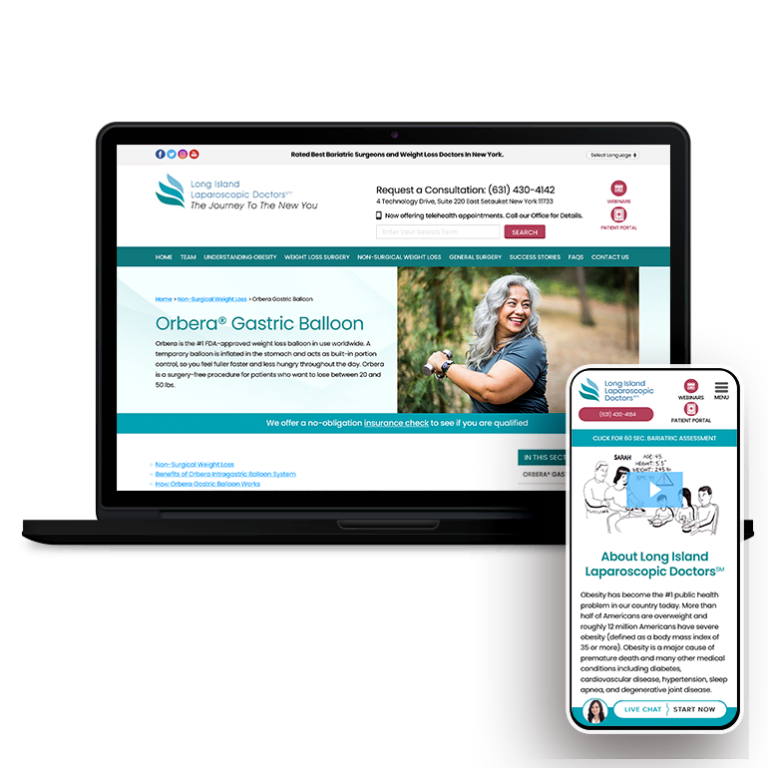
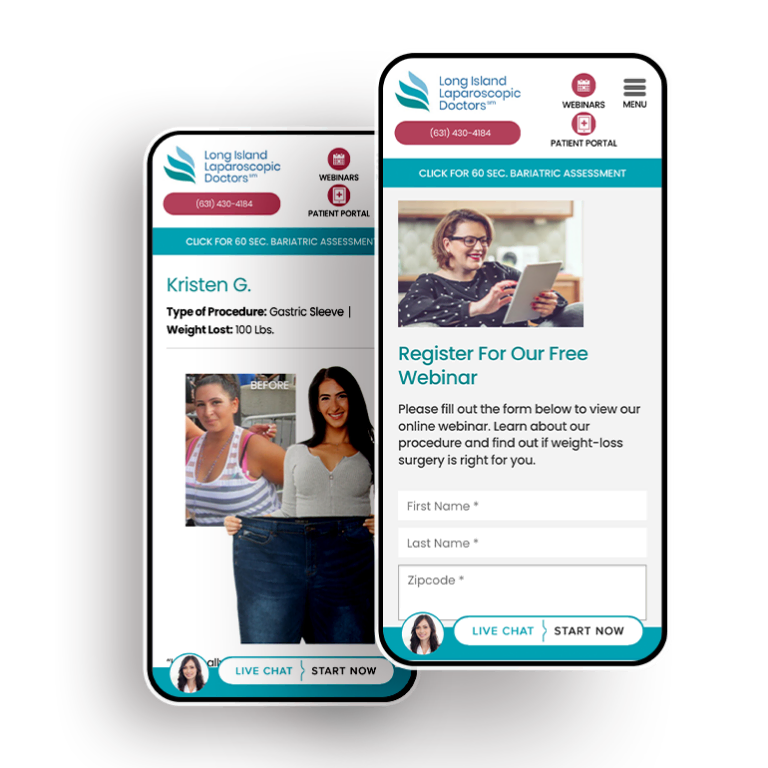
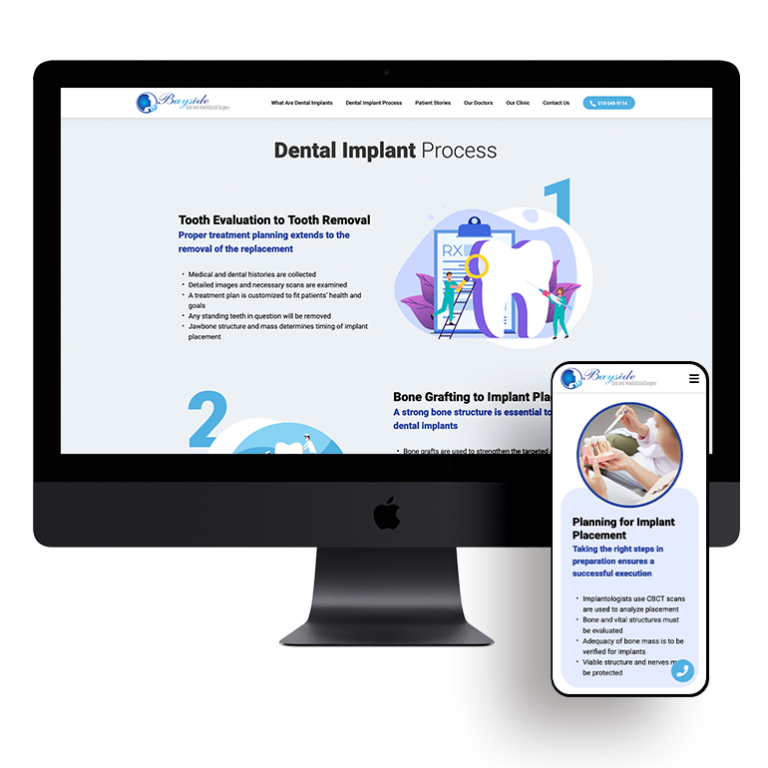

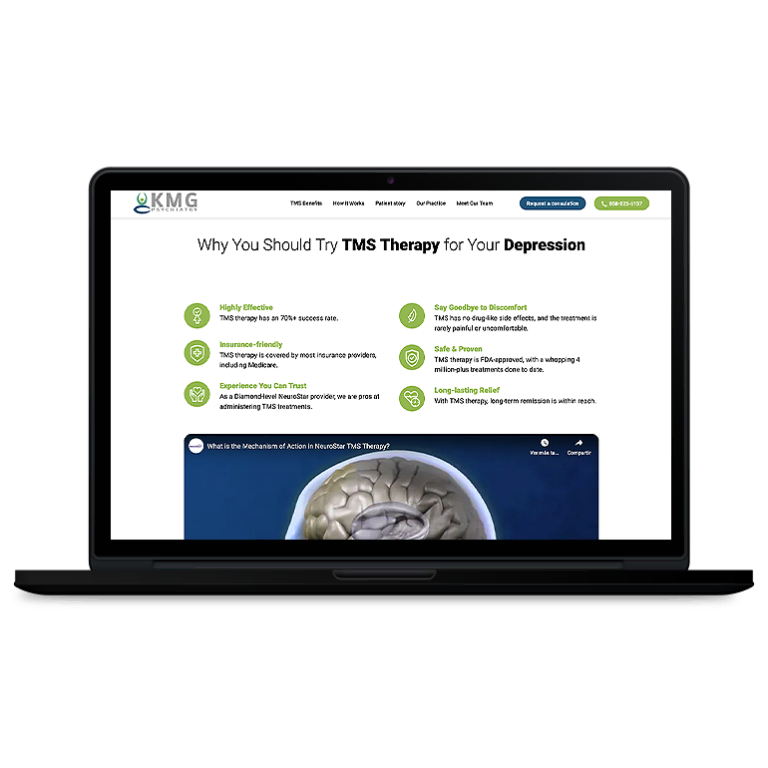


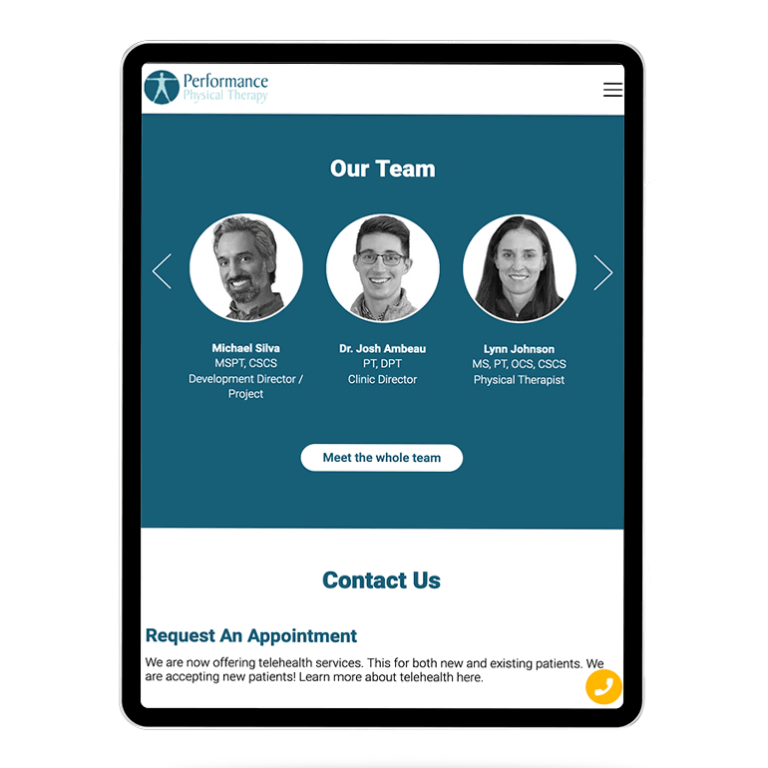

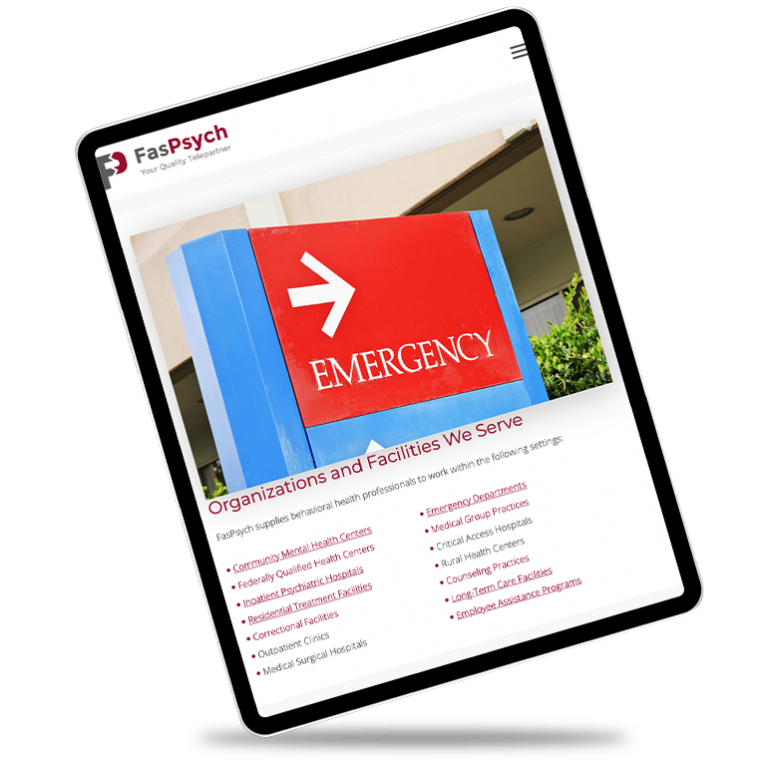
 Smart Design Creates New Patient Opportunities
Smart Design Creates New Patient Opportunities